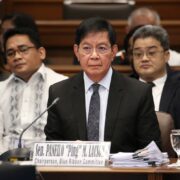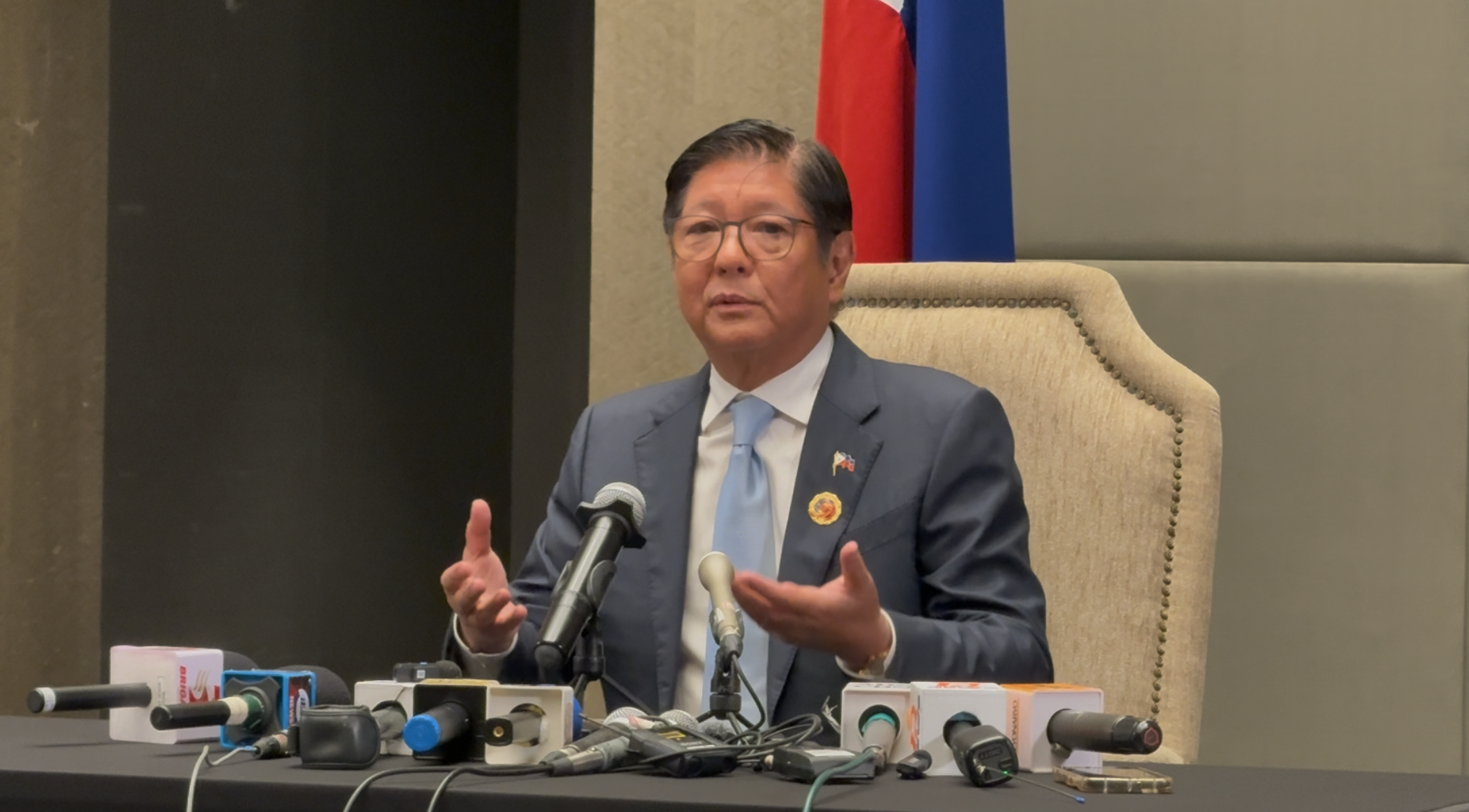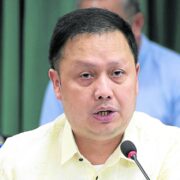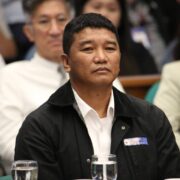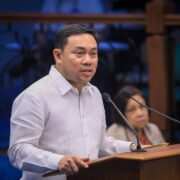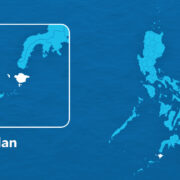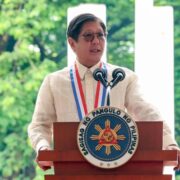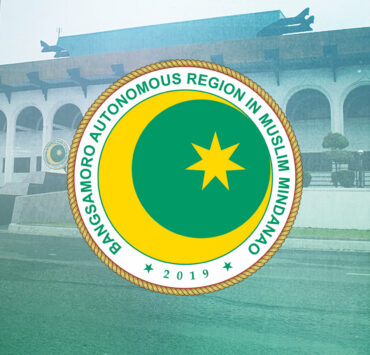DOST chief: Waterway review key vs floods
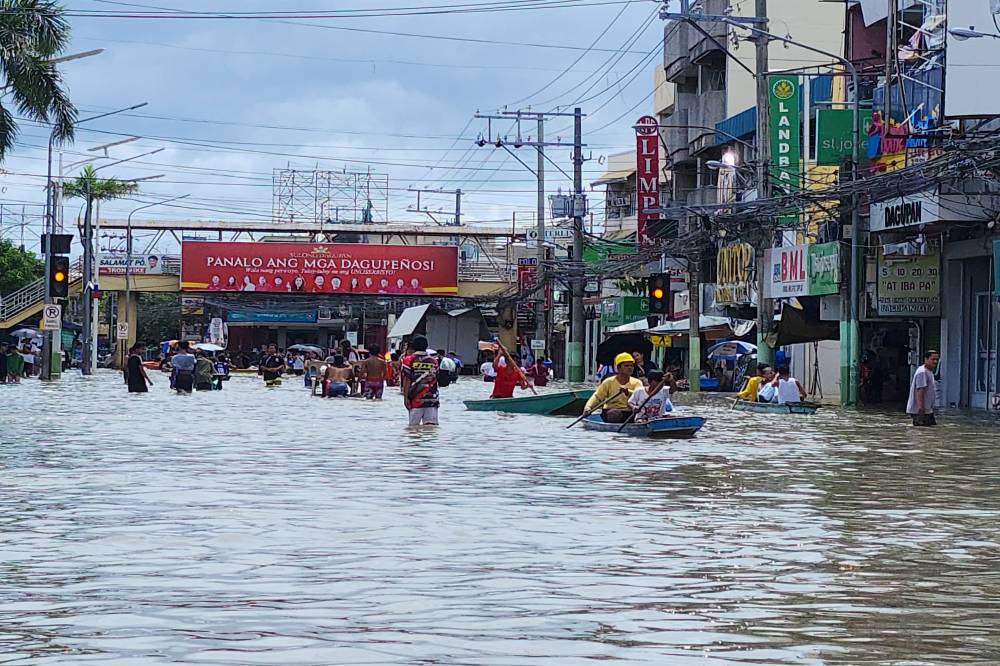
BAGUIO CITY—Engineers should move beyond isolated flood control measures and adopt a broader, science-based approach to managing river systems to effectively address flooding during the monsoon season.
This was the recommendation made by Science and Technology Secretary Renato Solidum Jr. on Thursday at the Luzon leg of the “Handa Pilipinas” government roadshow in this city following widespread flooding in the aftermath of a series of tropical cyclones that struck the country.
“What we need to have is integrated flood management,” Solidum told reporters, noting the need for a comprehensive view that examines “the whole watershed [ecosystem] from the mountains [which serve as headwaters of major rivers] down to the rivers [in the provinces] to the shoreline [where rivers drain into the sea].”
The issue of flood control has returned to the spotlight following President Marcos’ strong remarks on corruption in such projects during his State of the Nation Address (Sona) last week.
Condemning misused funds and substandard infrastructure, Marcos said in Filipino: “Shame on you for what you did to your fellow Filipinos. Have pity on our countrymen who were swept away or submerged in floods.”
The President’s remarks drew public criticism against congressional leaders accused of including flood control projects in past budget laws without proper consultation with public works officials.
‘Narrow part’
Flooding has recently worsened across Luzon due to continuous monsoon rains and three successive tropical cyclones last month.
Solidum noted that flood control was merely the “narrow part of flood management,” as most existing projects focus solely on regulating water near settlements.
“There are different types of flooding,” he stressed, “which require different approaches in order to minimize high waters in the neighborhoods.”
Citing major waterways, such as the Pampanga and Agno Rivers, Solidum explained that traditional engineering solutions—like barriers and diversion structures—often fail to resolve deeper issues, such as siltation.
In cities, he said, paved roads accelerate surface runoff, directing more water into the streets.
“Garbage, already a major urban problem, also obstructs street drains that force runoff water to rise and inundate busy neighborhoods,” Solidum said. “My thinking is we, citizens, need to have discipline and not throw our waste indiscriminately.”
He added that soil erosion in river channels poses serious risks for rural areas, while urban zones face even greater danger due to dense populations and infrastructure. Solidum also pointed out the long-term threat of sea level rise from climate change, which affects inland waterways.
“In Marikina River and most small rivers, a common problem has been flash floods that can be fatal but which are largely calamities that cannot be solved by conventional engineering,” he said.
Reforestation
In the Cordillera region, where most of Luzon’s rivers originate, the Regional Development Council has initiated talks with other regions to jointly fund watershed reforestation and river system preservation.
Albert Mogul, regional director of the Office of Civil Defense in the Cordillera, reported that during recent storms, monitoring technologies helped track weather and river conditions.
These projections enabled Cordillera authorities to warn Cagayan Valley officials of impending floods in their region.
“[Cagayan Valley] was able to assist and remove families from the path of the river,” Mogul said.
The mountainous Cordillera is considered Luzon’s watershed cradle, hosting the headwaters of at least nine major river systems. Nationwide, the Philippines has 421 major river systems.




